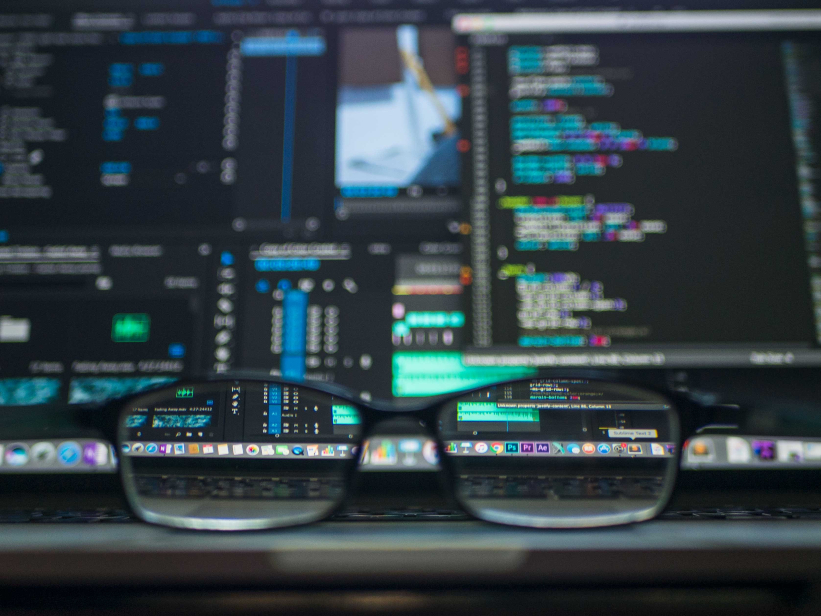What is ‘Deep Work’ and How Can You Maximize Its Benefits in Your Business?

For now, let’s ignore the psychologically counterproductive concept of the Hourly Wage, where the worker is incentivized to make the least amount of professional effort under a given timeframe to maximize their own gain by using the remaining billable hours for whatever personal aim. There are many industry standards to get the employees themselves motivated for the commercial success of their employer, with stock options, for example, even though these methods are rarely effective directly.
Truth is, mostly, it seems, it’s not even about the money.
The number one reason why remote workers prefer their lifestyle is the avoidance of ‘distractions’. Distraction in this sense is basically any outside interference which forces the worker to stop what they are doing and pay attention to the new emergence, breaking the thought pattern, forcing a restart, which causes a greater net gain of work time than the net time amount of the interference itself. When the developer is coding, and they have to answer a phone call, the time lost will probably be greater than the length of the phone call, because the workflow has been broken. While we are working, we are not simply ‘doing’ stuff, but we are also ‘working’ on the project in our minds, creating and adjusting a mental image of what exactly we will do after we complete the current set of movements. This is necessary for being able to work continually. When we get distracted, this mental image is shattered, and it has to be rebuilt when the work resumes, very often causing delays and mistakes. The worker needs to ‘retrace their steps’ to successfully continue the work.
The most important step to enhance productivity is to eliminate distractions.
At a workplace this can be done with creating strict rules that block out time for deep work, schedule meetings outside of the blocks, cut the meetings short and respect deep work time totally. Freelancers most likely schedule their own deep work periods, actually, for the benefit of their clients, because this enables them to deliver. This means that they will not answer the phone or reply to a text, only after the deep work time section is complete. If your freelancer does not specify the details of communication rules, you should proactively do so, because they might shy away from taking their own work time seriously to appear always available for you - which might feel convenient, but it can seriously hinder a project.
But these are only the basics. New deep work methods contain work analyses, to get a picture of what the team members are actually and practically busy with. This was called ‘Gemba Walk’ originally, because it meant that the management walked the factory floor to observe the workflow itself and to identify possible efficiency gains. But in the digital age, this rather means work optimization apps that are tracking the workstation via keyboard activity, application usage, screenshots and possibly even webcam photo shots. The method is invasive to say the least, so both parties need to have a clear understanding about what is happening, exactly why, and how will this benefit the team overall.
In this case, you can make sure that the team members can reach deep work state and they suffer no distractions. Outside review tools can help individuals to realize how much even benevolent distractions hinder their productivity. For example, if they are asked to cooperate in a project that is not considered their responsibility, every minute spent on that discussion makes the efficiency of their team worse. One thing that is proven again and again is that we vastly underestimate the time we lose when we get distracted - in most cases what we perceive as “a few minutes” of attending to something else that we would want to be working on actually easily takes half an hour or more. Adding this to the time cost of getting back into the mental state of deep work, we end up with considerable value loss on the project.
In conclusion, we can maximize deep work value with these tips:
1. Plan Deep Work Time Blocks ahead. Allocate the time and identify the dedicated, distraction-free workspace.
2. Include short breaks in the planning. Breaks are vital for Deep Work. You need them for bathroom breaks, to refill drinks and air your head a bit. Without breaks, the concentration falters and you will fail in holding up the mental state necessary for Deep Work.
3. Avoid digital distractions, like notifications. Deep Work cannot be mingled with browsing, checking social media and answering calls or email. Take every necessary step to eliminate these from the Deep Work phase of the team members’ schedule.
4. Identify tasks that do not require deep work, or cannot be done “deeply”. Meetings, handling social media and emails are “shallow” activities which require low intensity. These should all be done outside the Deep Work timeblocks.
For organizations with a remote workforce, Deep Work is critical for meeting deadlines and generating extra value from a project which boosts competitiveness. Deep work will actually prove that more can be done in less time and will free up capacity for innovation, planning and other high value activities beyond delivering the expected results in time.
Respecting these Deep Work timeblocks of the workforce is crucial, so make sure that everyone is on the same page and takes this aspect of project management very seriously - you will certainly enjoy the rewards it brings to all kinds of teams and organization structures.